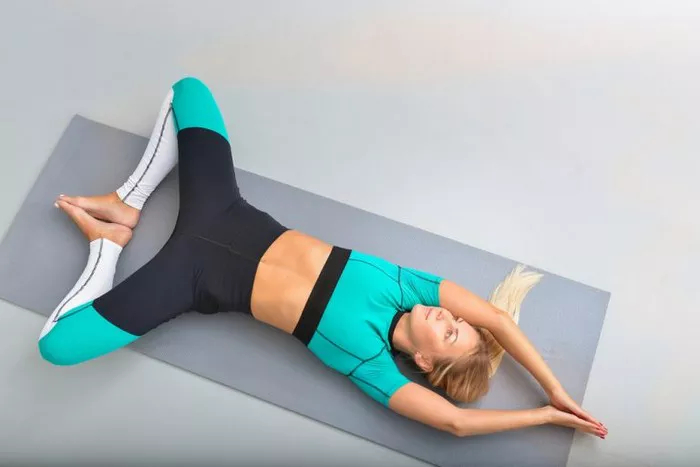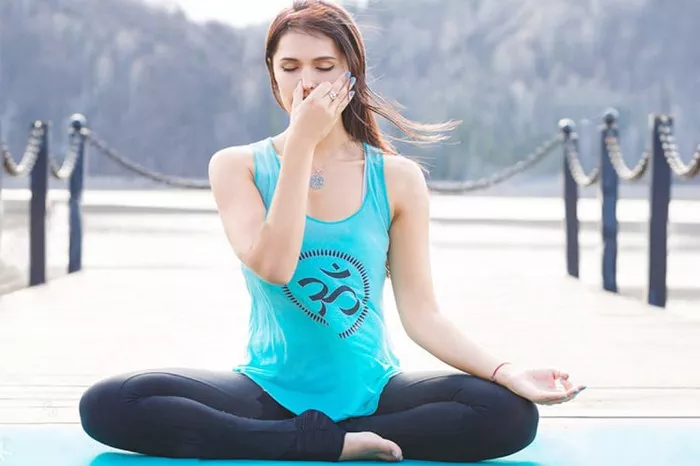In the hustle and bustle of modern life, finding moments of true relaxation and restoration is increasingly vital for maintaining overall well-being. Restorative yoga offers a sanctuary in the midst of this chaos, providing a gentle yet profound practice focused on deep relaxation, healing, and rejuvenation. In this article, we delve into the main focus of restorative yoga, exploring its principles, benefits, and techniques to cultivate a state of calm and balance.
The Philosophy of Restorative Yoga: Nurturing Body, Mind, and Spirit
At the heart of restorative yoga lies the philosophy of nurturing the whole self – body, mind, and spirit. Rooted in the teachings of traditional hatha yoga and influenced by modern therapeutic practices, restorative yoga emphasizes the importance of relaxation and surrender. Unlike more dynamic forms of yoga that focus on movement and strength, restorative yoga invites practitioners to slow down, release tension, and tap into the body’s innate capacity for healing.
The Main Focus of Restorative Yoga: Relaxation and Release
The primary focus of restorative yoga is to induce a state of deep relaxation and release. Through a series of supported poses, breathwork, and mindfulness techniques, practitioners are guided to let go of physical, mental, and emotional tension, allowing the body to unwind and the mind to become still. Central to this practice is the use of props such as bolsters, blankets, and blocks to provide gentle support and encourage passive stretching. By creating a sense of ease and comfort in each posture, restorative yoga enables the nervous system to shift from a state of stress to one of relaxation, triggering the body’s natural healing response.
The Benefits of Restorative Yoga: A Holistic Approach to Well-Being
The benefits of restorative yoga are wide-ranging and extend beyond the physical body to encompass mental and emotional well-being. Some of the key benefits include:
1. Stress Reduction: Restorative yoga activates the parasympathetic nervous system, promoting relaxation and reducing the body’s stress response. By releasing tension held in the muscles and calming the mind, this practice helps to alleviate the symptoms of stress and anxiety.
2. Improved Flexibility and Mobility: While restorative yoga may not involve intense stretching or strengthening, it can still contribute to improved flexibility and mobility. By gently stretching the muscles and soft tissues over time, restorative poses help to increase range of motion and relieve stiffness.
3. Enhanced Recovery and Healing: Restorative yoga is particularly beneficial for those recovering from injury or illness, as it provides a gentle way to promote healing and recovery. By reducing inflammation, improving circulation, and supporting the body’s natural healing processes, restorative yoga can accelerate the recovery time and enhance overall well-being.
4. Mental Clarity and Emotional Balance: Through the practice of mindfulness and deep relaxation, restorative yoga cultivates mental clarity and emotional balance. By quieting the chatter of the mind and allowing space for introspection, this practice helps to reduce mental clutter and foster a sense of inner peace.
5. Better Sleep: Many people struggle with insomnia or disrupted sleep patterns due to stress, anxiety, or other factors. Restorative yoga can be a powerful tool for improving sleep quality by promoting relaxation and reducing arousal levels before bedtime. By practicing restorative poses in the evening, individuals can prepare their bodies and minds for a restful night’s sleep.
Techniques of Restorative Yoga: Creating a Sanctuary of Relaxation
The practice of restorative yoga is characterized by a set of techniques designed to create a sanctuary of relaxation. Some of the key techniques include:
1. Supported Poses: Restorative yoga poses are typically performed with the support of props such as bolsters, blankets, and blocks. These props help to provide stability, comfort, and gentle traction, allowing practitioners to relax deeply into each posture without strain or effort.
2. Gentle Breathing: Breath awareness is an essential aspect of restorative yoga, helping to calm the mind and deepen relaxation. Practitioners are encouraged to breathe slowly and deeply, focusing on the natural rhythm of the breath and allowing it to guide them into a state of ease and surrender.
3. Mindfulness Meditation: Incorporating mindfulness meditation into restorative yoga practice enhances the ability to cultivate present-moment awareness and deepen relaxation. By observing thoughts and sensations without judgment, practitioners develop greater insight into their inner experience and cultivate a sense of spaciousness and tranquility.
4. Progressive Relaxation: Progressive relaxation techniques involve systematically tensing and releasing different muscle groups throughout the body, promoting a deep sense of relaxation and release. By consciously releasing muscular tension, practitioners can access deeper layers of relaxation and let go of accumulated stress and tension.
5. Yoga Nidra: Yoga nidra, or yogic sleep, is a guided relaxation practice that induces a state of deep relaxation and meditation. Through a series of verbal cues and visualizations, practitioners are guided into a state of conscious relaxation, where they can experience profound healing and rejuvenation on a physical, mental, and emotional level.
Conclusion
In today’s fast-paced world, restorative yoga offers a sanctuary of relaxation and healing amidst the chaos. By prioritizing deep relaxation, gentle movement, and mindful awareness, restorative yoga provides a holistic approach to well-being that nurtures the body, mind, and spirit. Whether you’re seeking relief from stress and tension or simply looking to reconnect with your inner self, restorative yoga offers a gentle yet powerful path to relaxation, rejuvenation, and inner peace. Embrace the restorative power of yoga and cultivate a sense of calm and balance in your life.
FAQs:
How often should you do restorative yoga?
Restorative yoga can be practiced as often as desired, ideally incorporating it into your weekly routine. Since it focuses on deep relaxation and gentle stretching, daily practice can be beneficial for reducing stress and tension. However, even practicing once or twice a week can yield significant benefits for both physical and mental well-being.
Can beginners do restorative yoga?
Absolutely! Restorative yoga is well-suited for beginners as it involves gentle poses supported by props like blankets, bolsters, and blocks. These props help beginners maintain comfort and relaxation in each posture, allowing them to experience the benefits of deep relaxation without strain. Beginners can start with basic restorative poses and gradually explore more advanced variations as they become more comfortable and familiar with the practice.
Why does my body hurt after restorative yoga?
While restorative yoga is generally gentle and relaxing, it’s not uncommon for beginners or even experienced practitioners to experience mild discomfort or soreness afterward. This discomfort can arise due to releasing tension stored in the muscles or from holding certain positions for an extended period. It’s important to listen to your body during practice, avoid pushing beyond your limits, and use props to support yourself adequately. If discomfort persists or becomes severe, it’s advisable to consult a yoga instructor or healthcare professional to ensure proper alignment and technique.
Is it normal to cry during restorative yoga?
Yes, it’s entirely normal to experience emotional release, including crying, during restorative yoga. The practice encourages deep relaxation and introspection, which can bring up suppressed emotions or unresolved feelings. As the body relaxes, it’s common for emotional tension stored in the muscles to surface, leading to tears or a sense of emotional release. Crying during restorative yoga can be cathartic and therapeutic, allowing practitioners to let go of stress, anxiety, or pent-up emotions. It’s essential to embrace these emotional experiences as part of the healing process and to create a safe and supportive environment for oneself during practice.















